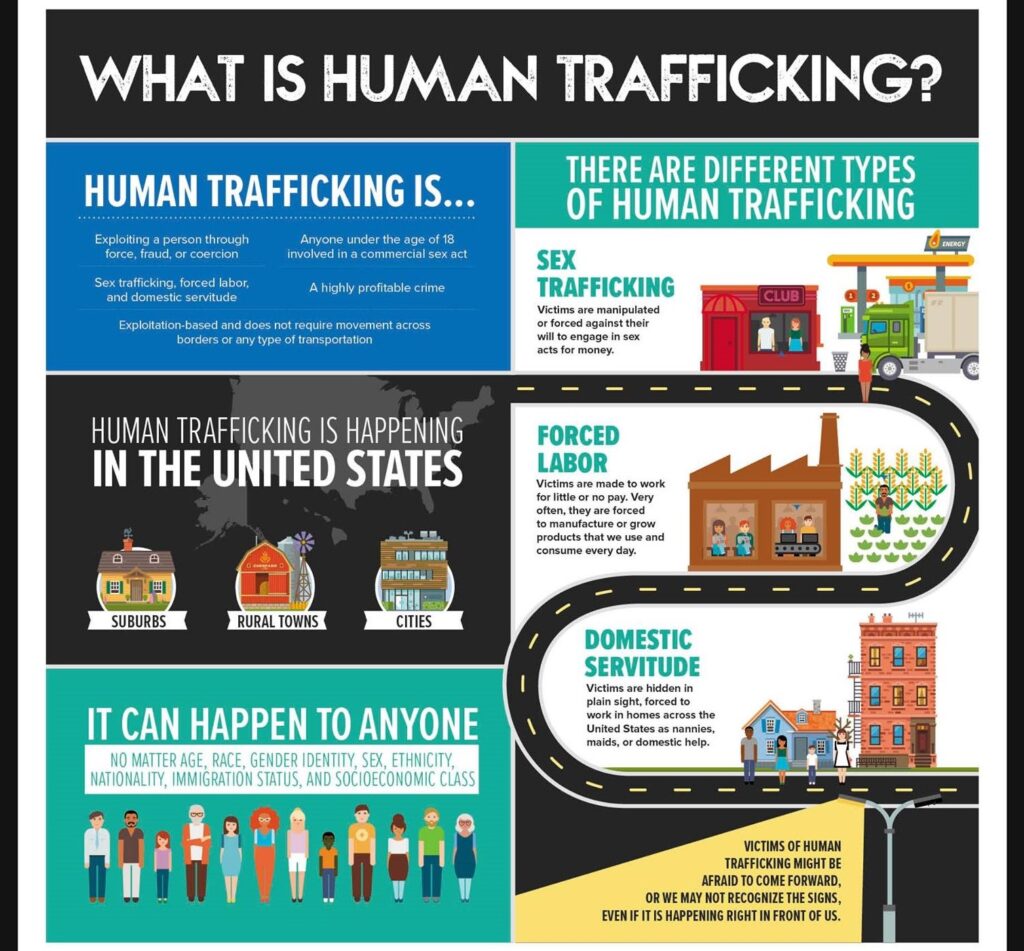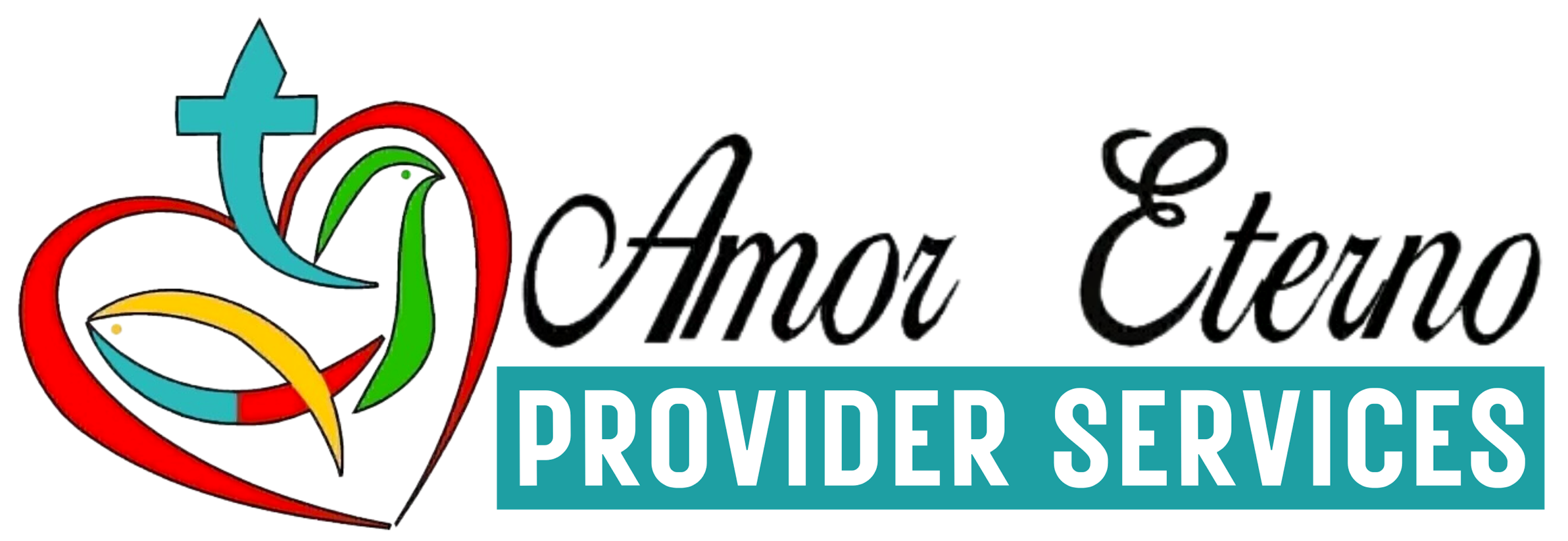What is Human Trafficking?
Human trafficking is a crime where one person exploits another for labor, services, or commercial sex, using force, fraud, or coercion. The crime also includes the recruitment, harboring, transportation, provision, or obtaining a human being for these purposes and in these ways. Human trafficking is included under the umbrella term ‘modern-day slavery’, where victims cannot leave a situation of exploitation and are controlled by threats, punishment, violence, coercion or deception.
Types of Exploitation
- Sexual Exploitation– Vulnerable people, overwhelmingly women and girls, are tricked or forced into the sex trade. It often begins with a promise of good work in hospitality or modeling, or ‘boyfriend’ is responsible.
- Forced Labor– This is when a person has no choice or control over their work, with the money they earn taken by someone else, who often also controls where they live and even who they can speak with.
- Domestic Servitude– A less common type pf human trafficking, this is when a person is forced to cook, clean or do childcare for little or no pay, often living in the home with the ’employer’ and not allowed to live their own life.
- Criminal Exploitation– Victims are forced to grow or transport drugs, made to shoplift or pickpocket, are forced to panhandle on the streets, or used for fraud. The threat of being reported becomes another method of control.
- Forced Marriage– In some jurisdictions outside the U.S., forced marriage is categorized as type of modern-day slavery. Globally, 15 million people are thought to have been forced into a marriage without consent, nearly all women and girls, often to an older man in another country.
How do traffickers keep their victims under control?
Human traffickers use various forms of force, fraud, and coercion to control and exploit victims. This includes the imposing of debt, fraudulent employment opportunities, false promises of love or a better life, psychological coercion, isolation, addiction, and violence or threats of violence. Trafficking is a power and control dynamic. Victims become trapped and fear leaving for many reasons, including psychological trauma, lack of documentation, shame, emotional attachment and dependency, distrust of systems and law enforcement, or physical threats to themselves or their family.

Why don’t victims run away?
The relationship between human traffickers and their victims is complex. It is rare for the control to be based on physical confinement like locked doors or shackles. Instead, victims are exploited through manipulation, fear, dependency (including drugs), threats or debt bondage. This means that during the time they are actually in exploitation, few people think of themselves as being a ‘victim’. They often describe feeling hopeless or having no options, or even feel a sense of obligation towards those who trafficked them. They do not understand their situation as being one that they could run away from or escape from. For many, it is only once they get long-term help from an organization like Hope for Justice that they understand the extent of the exploitation and that a different life is possible, with the right support. Anyone from any walk of life can be targeted and can end up as a victim of human trafficking. But people experiencing any of the following things can be at particular risk:
- Chaotic home environment or recent family breakdown
- Runaway youth
- Homelessness
- Alcohol or drug addiction
- Mental illness
- Long-term unemployment
- Learning difficulties
- Debts or criminal convictions
- Fearful of deportation
- Physical injuries or disabilities

